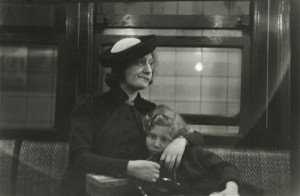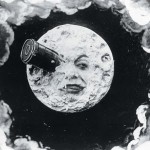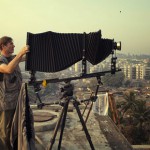While looking at the photo’s one gets a sense of worry without even knowing that the era they were taking in was during the depression. Each photo describes a different story in the facial expression. I believe this is incredible, I love the secrecy of the pictures and the way the camera had to adjust to the person versus having the person pose and be well aware that they are being photographed. It is incredible how train rides can be like a psychiatrist session. It gives you time to reflect on your day or make your plans, catch up on your reading or for the first time just be able to sit and not do anything. All those expression are portrayed in these photos.
Contact Information
Professor Sandra Cheng
Office: Namm 602B
Office Hours: Tu/Th 9-10 am or
by appointment
Office Tel: 718-260-5003
Email: scheng@citytech.cuny.eduHelpful Links
 New York Times Arts
New York Times Arts-
Recent Posts
Recent Comments
Archives
Categories
Meta






